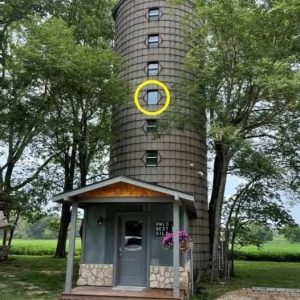Barack Obama’s post-presidential image as a calm, detached statesman is being challenged by reports suggesting he remains an active force behind Democratic Party strategy. Despite leaving office nearly a decade ago, Obama has allegedly maintained close ties with party figures such as Abigail Spanberger, Mikie Sherrill, and California Governor Gavin Newsom, offering political advice and strategic direction. While some Democrats see his involvement as stabilizing, others worry it highlights the party’s dependence on its former leader. His once-untouchable reputation as a unifier is now facing renewed scrutiny amid questions about his administration’s legacy of surveillance, politicized law enforcement, and reliance on executive power.
The controversy intensified following claims by Director of National Intelligence Tulsi Gabbard that Obama-era officials may have manipulated intelligence to justify surveillance of Donald Trump’s 2016 campaign. If confirmed, the allegations could seriously damage Obama’s credibility and deepen public distrust in federal institutions. Simultaneously, issues surrounding the Obama Foundation and the costly, delayed construction of his Chicago Presidential Center have further tarnished his image. Initially envisioned as a “hub for change,” the project has been plagued by lawsuits, accusations of gentrification, and budget overruns — becoming, to critics, a metaphor for the shortcomings of his presidency.As President Biden’s struggles continue, Obama’s reemergence has divided Democrats and energized Republicans, who accuse him of trying to “govern from the shadows.” His influence in shaping narratives and mentoring candidates has sparked debate over whether he is guiding the party forward or preventing it from evolving. Once viewed as a symbol of stability, Obama is increasingly seen by some as unwilling to relinquish control. In seeking to preserve his legacy, he may be ensuring that his era remains both a source of admiration — and lasting controversy — for years to come.





